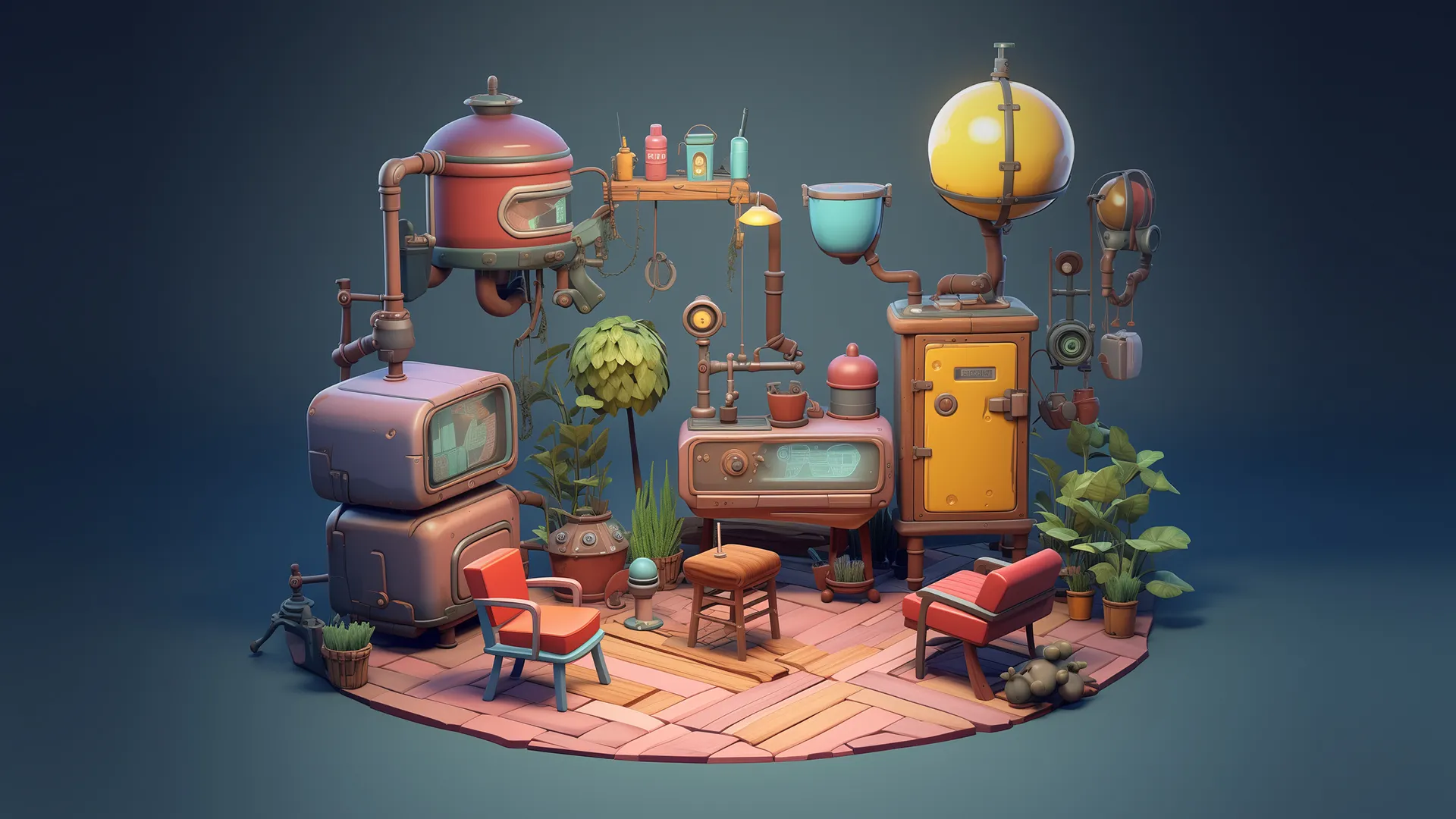
In the world of gaming, one of the most important factors to consider is designing games around physical memory. Physical memory, also known as muscle memory, plays a crucial role in how players interact with and excel in games. By understanding and incorporating physical memory into game design, developers can create more intuitive and engaging experiences for players.
What is physical memory?
Physical memory is the body’s ability to remember and repeat specific movements without conscious effort. This type of memory is crucial in activities that require precise coordination and timing, such as playing a musical instrument, sports, and of course, gaming. When players develop physical memory for certain actions in a game, they are able to perform them quickly and accurately, increasing their skill level and enjoyment of the game.
How can game developers design around physical memory?
There are several ways that game developers can design around physical memory to enhance the player experience. One common strategy is to create consistent and intuitive control schemes that allow players to easily learn and remember the controls. By mapping actions to specific buttons or gestures that feel natural and easy to remember, players can quickly develop physical memory for these actions, improving their overall performance in the game.
Another important aspect of designing games around physical memory is providing consistent feedback mc server host to players. Visual and auditory cues can help reinforce the connection between player inputs and in-game actions, making it easier for players to develop muscle memory for specific sequences of actions. For example, a sound effect that plays every time a player successfully executes a combo move can help them remember the exact timing and button presses required to perform the move in the future.
Furthermore, game developers can use level design and enemy patterns to help players develop physical memory for specific challenges. By creating patterns and sequences that repeat in a predictable way, players can learn and memorize the best strategies to overcome these obstacles. This not only enhances the gameplay experience but also encourages players to continue striving for mastery and improvement.
The importance of physical memory in competitive gaming
In competitive gaming, physical memory plays an even greater role in determining the outcome of matches. Players who have developed strong muscle memory for specific actions and strategies are able to react quickly and decisively in high-pressure situations, giving them a significant advantage over their opponents. By designing games around physical memory and providing opportunities for players to practice and refine their skills, developers can create a more level playing field and foster a thriving competitive gaming community.
In conclusion, designing games around physical memory is essential for creating engaging, intuitive, and rewarding gaming experiences. By understanding the role of physical memory in player performance and incorporating it into game design, developers can enhance the player experience and encourage skill development and mastery. So next time you pick up a controller or sit down at your keyboard, take a moment to appreciate the power of physical memory in shaping your gaming experience. Happy gaming!
